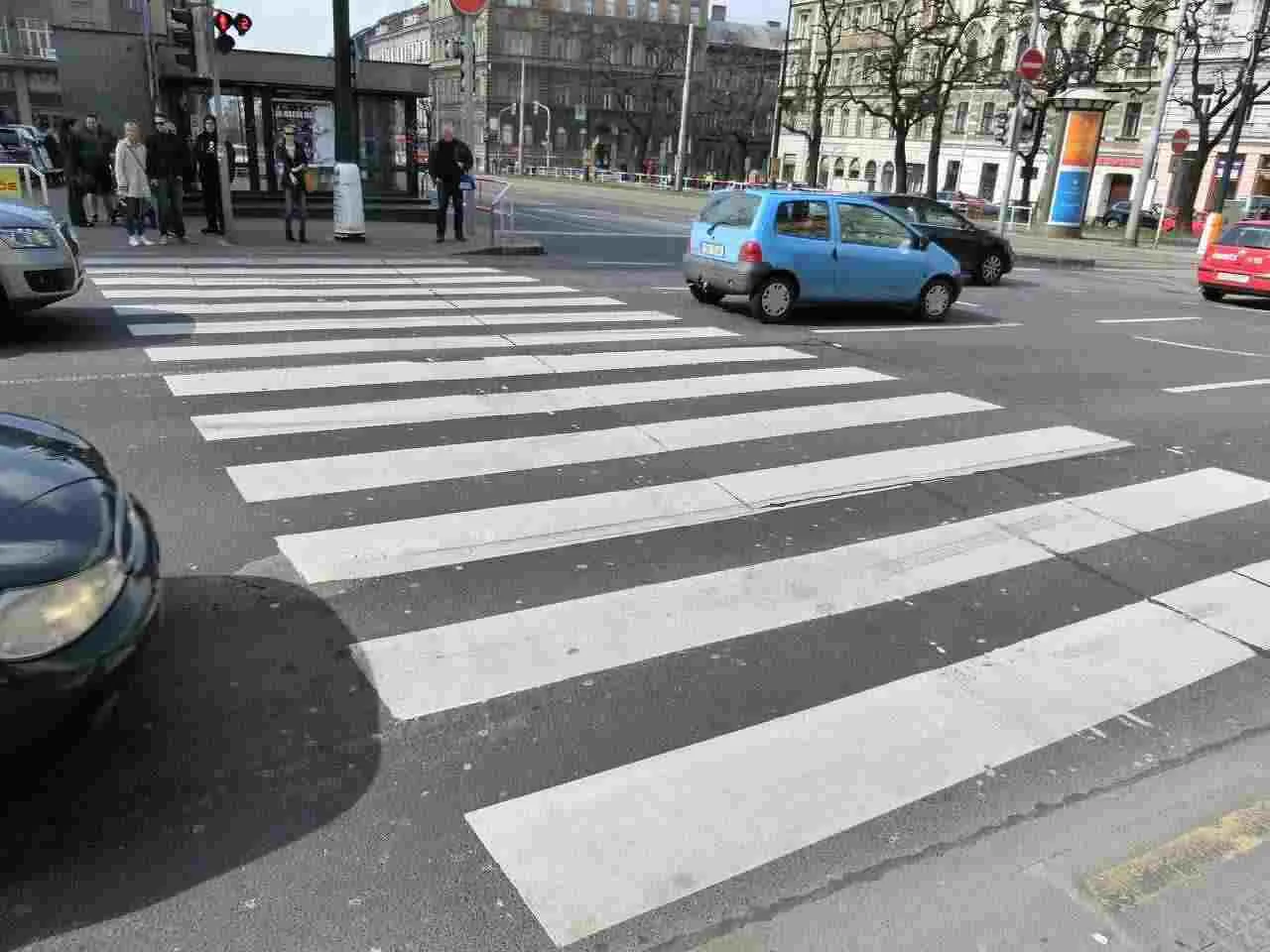
Understanding Nevada’s Laws Regarding Pedestrian Right-of-Way
As a pedestrian in Nevada, understanding your rights and responsibilities regarding right-of-way can significantly impact your safety and legal standing in case of a pedestrian accident. Whether you’re strolling through bustling city streets or crossing suburban intersections, being aware of Nevada’s pedestrian laws is essential. In this guide, we’ll break down the key aspects of pedestrian right-of-way laws in Nevada to help you stay informed and protected.
Pedestrian Right-of-Way Basics
In Nevada, pedestrians generally have the right-of-way in crosswalks and at intersections, but this right is not absolute. Here are some fundamental principles to keep in mind:
- Crosswalks: Pedestrians have the right-of-way in marked and unmarked crosswalks. An unmarked crosswalk is typically considered at every intersection, whether marked or not, unless signs or signals indicate otherwise.
- Traffic Signals: Pedestrians must obey traffic signals and pedestrian control signals. If the signal shows “Walk” or a green light, pedestrians may proceed with caution. However, it’s crucial to yield to vehicles if the signal indicates “Don’t Walk” or the light is red.
- Sidewalks and Shared Paths: Pedestrians using sidewalks or shared paths have the right-of-way over vehicles entering or exiting driveways and alleys. This ensures pedestrians are given priority in areas designated for walking.
Rules for Drivers
While pedestrians have the right-of-way in many situations, drivers also play a crucial role in ensuring pedestrian safety:
- Yielding: Drivers must yield to pedestrians in crosswalks and at intersections where there is no traffic signal or where the signal indicates pedestrians have the right-of-way.
- Stopping: Drivers must come to a complete stop and remain stopped to allow pedestrians to cross safely until they have cleared the lane in which the vehicle is traveling and the adjacent lane.
- Awareness: Always be aware of pedestrians, especially in areas with heavy foot traffic such as school zones, parks, and downtown areas. Exercise caution and reduce speed in these areas to enhance pedestrian safety.
Penalties for Violations
Violating pedestrian right-of-way laws can have serious consequences. In Nevada, drivers who fail to yield to pedestrians in crosswalks or violate other pedestrian right-of-way laws may face fines, points on their driving record, and potentially higher insurance premiums. Moreover, accidents resulting from such violations can lead to civil liability for injuries and damages caused to pedestrians.
Pedestrian Safety Tips
To minimize the risk of accidents and injuries, pedestrians should also take proactive measures:
- Visibility: Wear bright or reflective clothing, especially at night or in low-light conditions, to increase visibility to drivers.
- Crossing Safely: Always cross streets at designated crosswalks or intersections, and obey traffic signals and pedestrian crossing signs.
- Stay Alert: Avoid distractions such as using smartphones or headphones when crossing streets, as these can impair your awareness of approaching vehicles.
Conclusion
Understanding Nevada’s pedestrian right-of-way laws is crucial for both pedestrians and drivers to ensure safety on the roads. By knowing when and where pedestrians have the right-of-way, you can reduce the risk of accidents and promote a safer environment for everyone. If you’ve been involved in a pedestrian accident due to a driver’s negligence, seeking legal advice from a qualified personal injury attorney can help protect your rights and pursue compensation for your injuries and damages. Stay informed, stay safe, and remember to prioritize pedestrian safety in your daily travels.